Europe’s largest trade fair dedicated to the space industry, returns to Messe Bremen, Germany on 19-21 November. Polish Space Agency team, along with 19 co-exhibitors, will be there to showcase what the country has to offer. Poland, with the 7th largest contribution to ESA, has rapidly growing space sector. Anyone interested in exploring some new commercial or scientific opportunities is welcome to visit us at Booth N30.
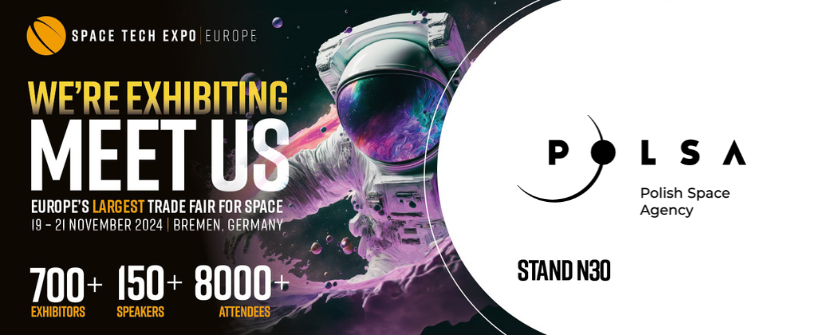
We are pleased to announce that the POLSA team, led by Vice President Michał Wierciński, will be available at our booth. We look forward to both introductory meetings and in-depth discussions about potential collaborations. Our representatives are eager to demonstrate the strengths and opportunities within the Polish space sector.
We cordially invite you to join us for a special networking reception on the second day of the expo, on November 20th at 3:30 PM. Co-organized by POLSA and The Polish Space Industry Association, this event is an excellent opportunity to connect with industry leaders, exchange ideas, and explore new partnerships.
In conjunction with the Expo, a trade mission will take place, with a visit to Bremen by a group of Polish SMEs from the aerospace and aviation sector. As part of the Brand Hub project, which aims to increase the international presence of Polish companies, these entities will actively participate in the Expo. They will showcase their innovative solutions and seek new business opportunities. During the economic mission, its participants will have the opportunity to attend B2B matchmaking events, as well as meetings with representatives of the Embassy of the Republic of Poland in Hamburg and the Polish Investment & Trade Agency. Being a part of the mission will also allow them to meet ZARM representatives and visit their facilites, e.g. Drop Tower which is a specialized research tower with a height of 146 meters, used to conduct experiments in microgravity conditions by simulating free fall.
We are delighted to introduce the 19 entities from the Polish space sector that will be joining us as co-exhibitors. These organizations highlight Polish growing potential in international projects, scientific missions, and commercial ventures. Their participation underscores the dynamic and rapidly evolving landscape of the Polish space industry, making significant strides on the global stage.
AROBS POLSKA

AROBS Polska (formerly SYDERAL Polska) specializes in providing electronics, FPGA-based systems, and software solutions for space applications. Since 2016 the company located in Gdansk, Poland, has been delivering projects for the European Space Agency and leading European space industry players.
Our projects belong to the following categories:
1. Control electronics for instruments and mechanisms:
• Stepper motor controllers, e.g. for antenna pointing mechanisms
• Instrument control units for scientific payloads
• Pointing, Acquisition & Tracking (PAT) systems
2. Mass memory modules:
• Application of non-volatile Flash memory technology for Earth Observation satellites and scientific missions
• Scalable architecture, high-speed data reading/writing
• Use of proven error correction coding methods as protection against radiation effects
3. Quantum and optical communication:
• Development of optical communication protocols technology, such as O3K and HPE
• Single photon detection with time-tagging and coincidence detection
• Entangled photon source controllers
4. Data processing units:
• Close proximity operations: processing for cameras and LiDAR sensors,
5. EGSE (ang. Electrical Ground Support Equipment):
• Testing cabinets for satellite AIT process
Services:
• digital and analogue electronics system design
• FPGA-based system design, development & verification
• On-board software development
• systems engineering for electronics

TADEUSZ KOCMAN
Business Development Manager
ASTRONIKA

Astronika creates solutions for the space industry. The company’s technologies enable exploration of the Solar System and outer space in missions such as InSight, JUICE, RadCube, Hera, PROSPECT and Athena. At the core of the company’s business are lightweight, compact, and reliable mechanisms and instruments, among others antennas, hold-down and release subsystems, propulsion subsystems, linear & rotational actuators, planetary exploration systems. Astronika’s activities range from support of the mission definition, through prototyping, to testing, qualification and final integration of flight systems. With a team of experienced engineers and scientists, we utilize our own laboratory facilities (including a cleanroom and a thermal-vacuum chamber), and manufacturing facilities with extensive capabilities for precision and quality production of parts. Astronika is an ISO 9001:2015 and AS9100 certified space mechanism developer.
Products and services offered:
– Deployable booms, antennas and ultra-light support structures
– Various types of HDRMs and their key components
– Positioning actuators, propulsion valves and any customized actuators
– Subsurface mobility systems: penetrating and sampling devices
– Surface mobility systems: hoppers, rover egress ramps
– Mechanical systems for landers
– Solutions for future habitats: bioreactors and regolith compactors
– Services such as: structural & thermal analysis, tribology & coatings expertise, manufacturing, testing, GSE design and production
– Infrastructure rental: cleanroom, TVAC chambers, shock test & self-shock measurements, GSEs for low-gravity deployment testing

MAKSYMILIAN GAWIN
Deputy Director for Business Development
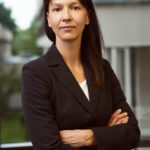
MARTA TOKARZ
Member of the Board for Business Development
ASYNCHRONICS SP. Z O.O.
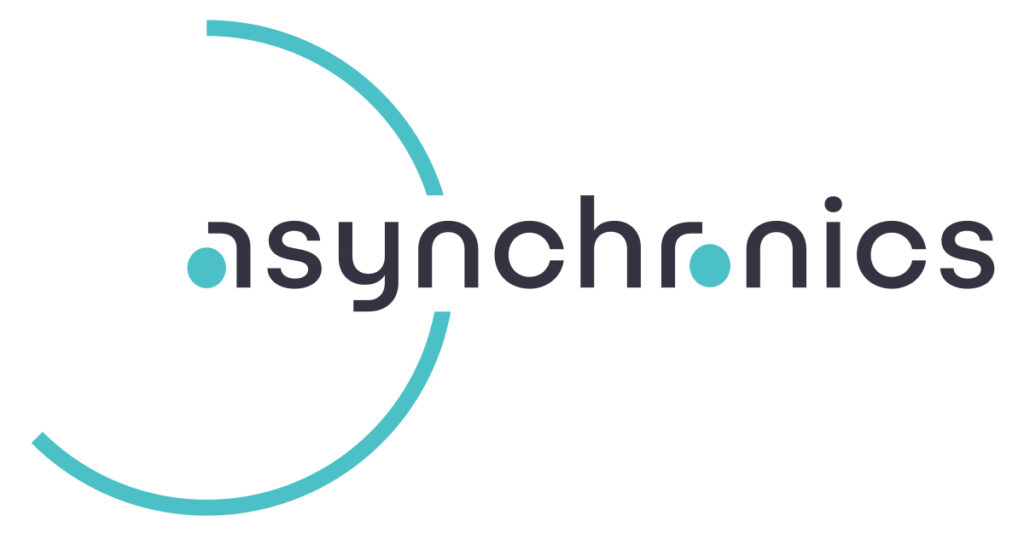
Asynchronics was incorporated in 2023 with a mission to democratize system-level simulation in the small spacecraft industry. It offers top-tier, open-source simulation software for avionics digital-twinning, spacecraft ground validation and spacecraft operation. But Asynchronics commitment goes beyond simulation tools and encompasses the development of the industry’s first system digital twin marketplace meant to provide avionics manufacturers with the opportunity to sell digital twins that faithfully reproduce the TM/TC protocols and state machines of their hardware, thus providing spacecraft integrators with an ecosystem of readily available simulation models.
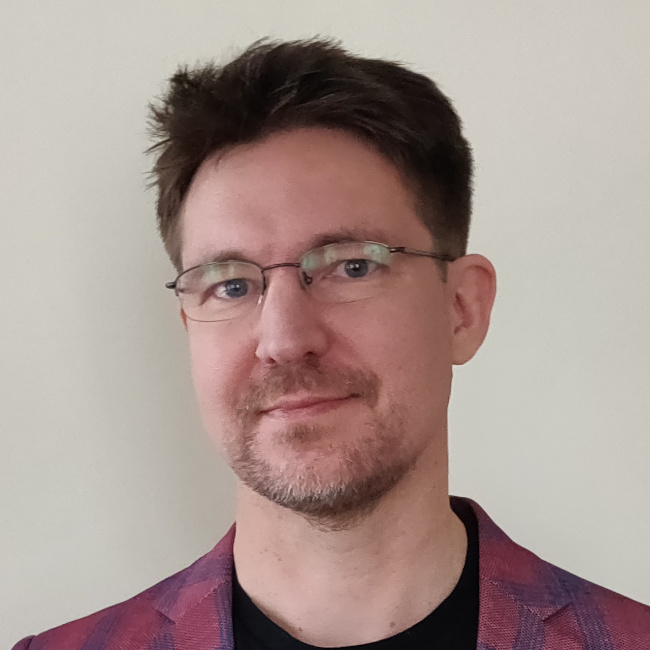
SERGE BARRAL
Founder
BLUE DOT SOLUTIONS
Blue Dot Solutions is a Polish company specialising in the downstream space sector (EO and GNSS), techno-economic analyses of the Polish and European space sectors and support to startups.
Founded in 2014, it conducted several ESA, H2020 and commercial projects, also as a leader. It is also a very active advisor to new projects and consortia.
CLOUDFERRO S.A.

CloudFerro provides innovative cloud services. We deliver and operate cloud computing platforms for specialized markets such as the European space sector, climate research and science.
CREODIAS is a seamless environment that brings processing to Earth Observation data.
CREODIAS provides commercial services for Copernicus Data Space Ecosystem, offered by a Consortium consisting of T-Systems as a leader, CloudFerro, Sinergise, VITO, DLR, ACRI-ST, and RHEA. The platform provides immediate access to the Copernicus Sentinel satellites data and Services, Envisat and ESA/Landsat data and other EODATA. Its design allows Third Party Users to prototype and build their own value-added services and products. A set of pertinent tools guarantees simplicity, scalability and repeatability of any services’ value chain. CREODIAS offers integrated public cloud services for data processing and serverless processing.
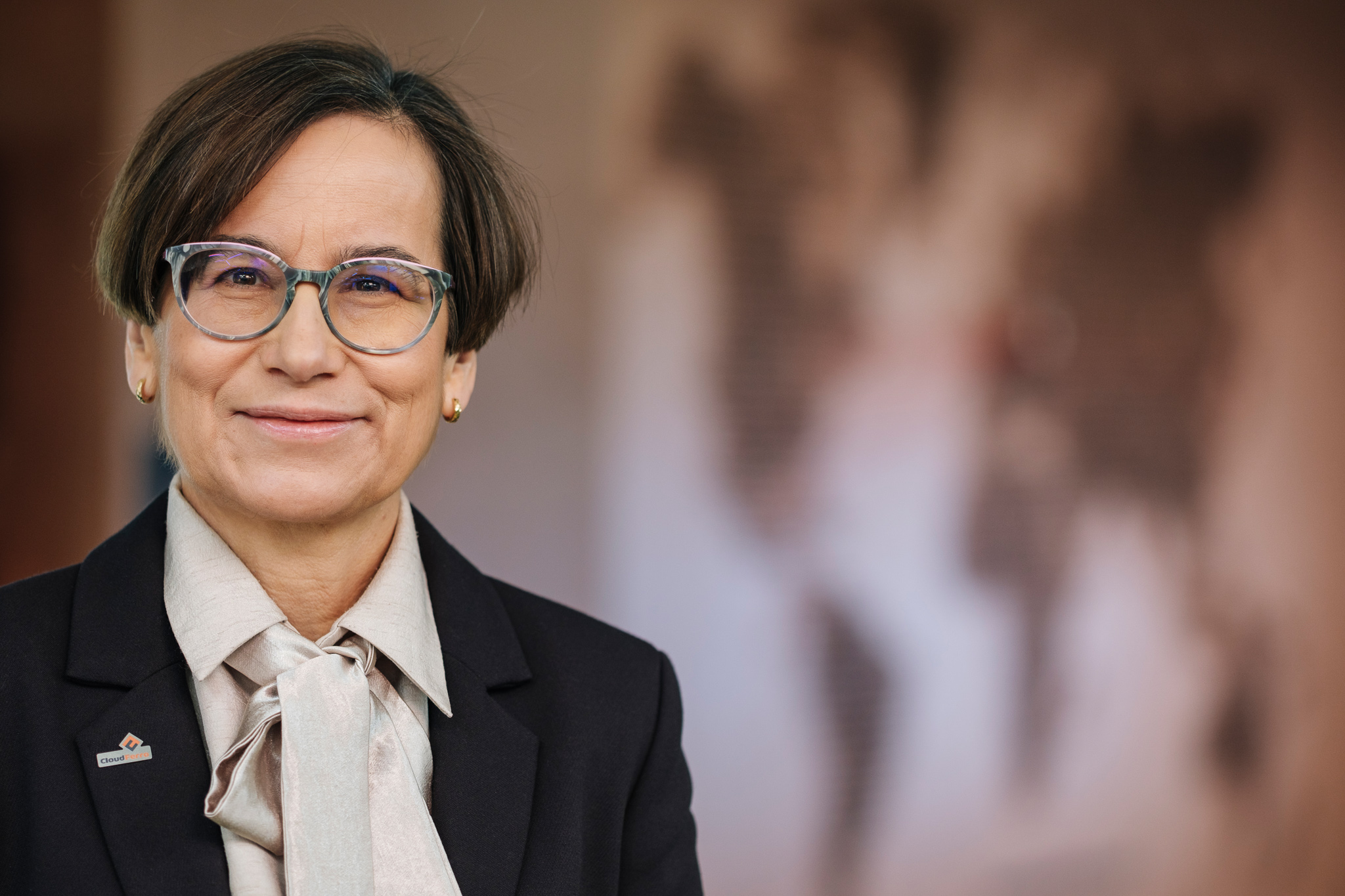
MONIKA KRZYŻANOWSKA
Business Development Director

PRZEMYSŁAW MUJTA
Sales Support & Products Director

MICHAŁ BYLICKI
Business Developer
CREOTECH INSTRUMENTS SA
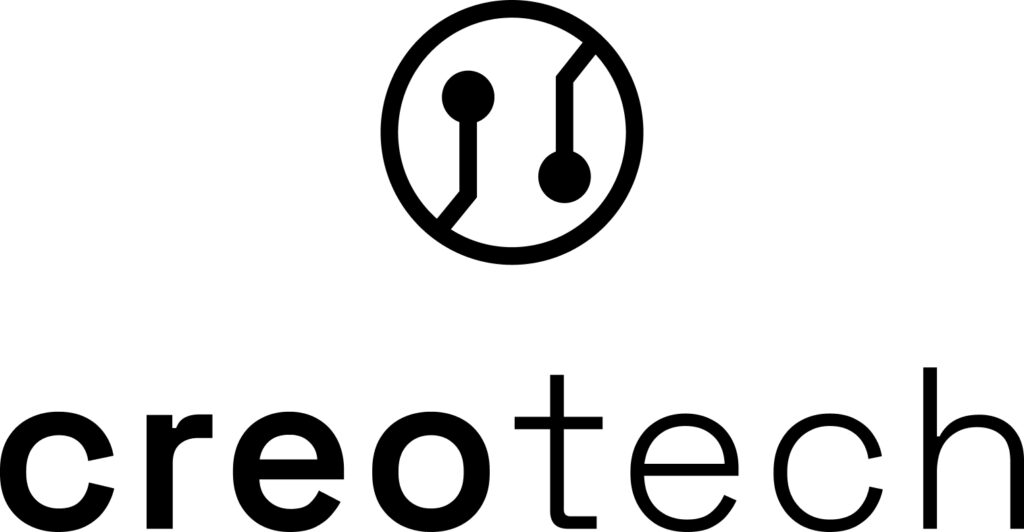
Creotech Instruments is Poland’s leading manufacturer of satellite systems and components, as well as advanced electronics for quantum computer control systems and other applications. The company is also pursuing the development of unmanned aerial systems delivering hardware and software for, among others, drone operations management. The Company operates its own electronics manufacturing plants and small satellite integration facilities. Creotech delivers proprietary solutions to the world’s most distinguished research institutions such as the European Space Agency (ESA), the European Organization for Nuclear Research (CERN) in Geneva, the GSI Centre for Heavy Ion Research and the DESY Research Centre in Germany. In 2022, Creotech Instruments debuted on the Warsaw Stock Exchange as the first Polish space tech company.
Creotech Instruments focuses on developing high technologies, primarily within the space industry. The company specializes in the manufacture of subsystems vital to major space missions and complete satellite systems, such as the HyperSat satellite platform. This platform is capable of supporting a wide range of missions, accommodating various payloads, from observation and communication to scientific research. With its ESA-certified electronics production lines and small satellite integration facilities, Creotech meets the exacting demands of space-bound equipment.
EagleEye: Poland’s largest and most advanced satellite was launched into Earth’s orbit this year. EagleEye is based on the proprietary HyperSat microsatellite platform developed by Creotech Instruments S.A., which allows for customization to meet individual customer requirements for various applications and profiles.

GORDON WASILEWSKI
Business Development Manager

BARTOSZ PASZCZA
Product Analyst
EXTREMO TECHNOLOGIES

Extremo Technologies is a startup specializing in innovative biotechnologies for space and Earth applications. Our products are dedicated to new space technologies, planetary research, and future solutions supporting long-term space missions, including life support systems, space medicine, and ecological closed-loop systems.
Extremo Technologies’ business profile, which includes the creation of biotechnological solutions supporting life in space (e.g. regenerative systems, bioreactors or technologies related to the cultivation of living microorganisms in extreme conditions), is directly related to the challenges facing the space industry.
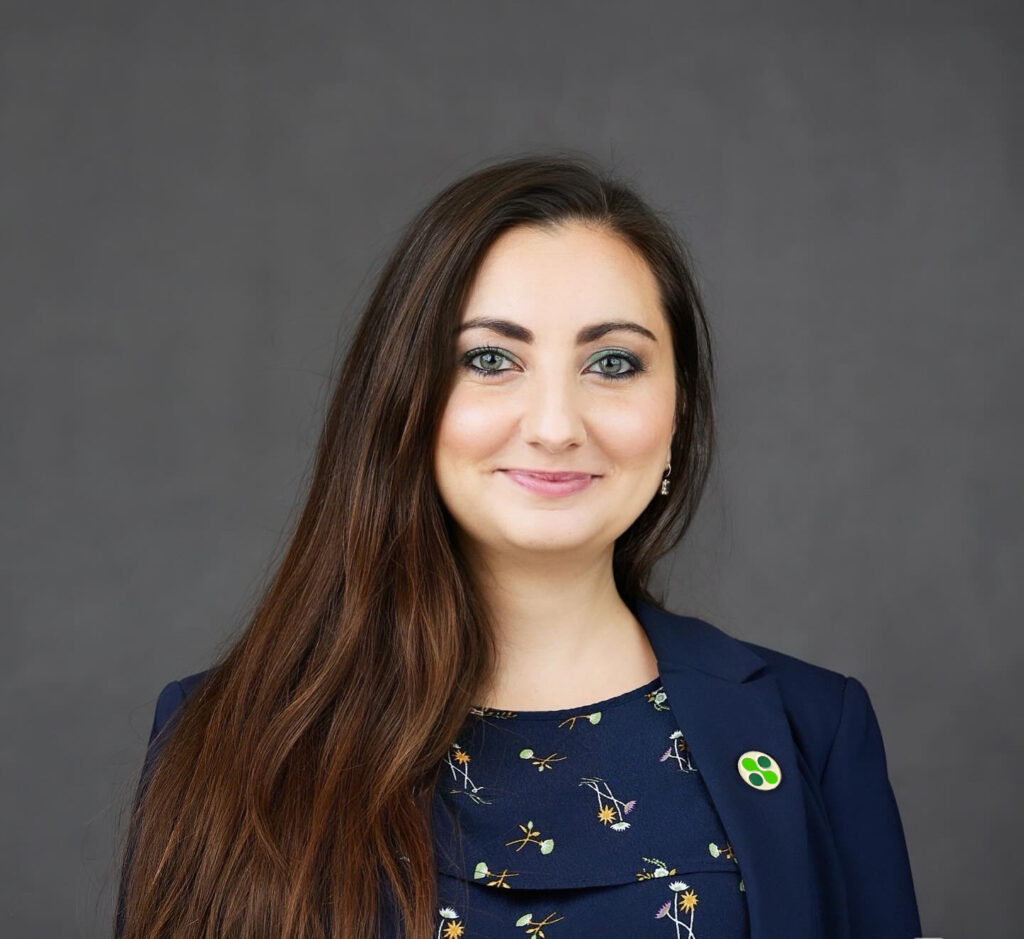
EWA BOROWSKA
CTO
INSTITUTE OF AVIATION (LUKASIEWICZ NETWORK)

The Łukasiewicz Research Network – Institute of Aviation is one of the most modern research facilities in Europe, with traditions dating back to 1926. The Institute closely cooperates with global tycoons of the aviation industry, such as: Boeing, GE, Airbus, Pratt & Whitney, and institutions from the space industry, including the European Space Agency. Strategic research areas of the Institute are aviation, space and unmanned technologies. It also provides research and services for domestic and foreign industries in the field of materials, composite, additive, remote sensing, energy and oil&gas technologies.
POLON – POLON’s target market includes space tech institutions and companies, particularly microsatellite constellation manufacturers in need of a modular satellite engine offering low toxicity and a small form factor
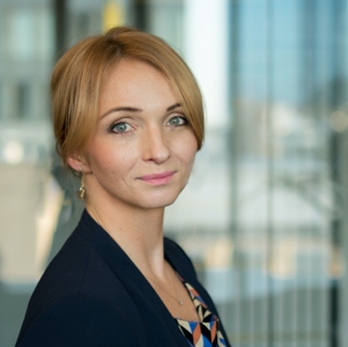
IWONA PRZYGODA
Head of Business Development and Sales

KAMIL SOBCZAK
Head of Space Propulsion Department

KRYSTIAN KUTNIK
Project Manager
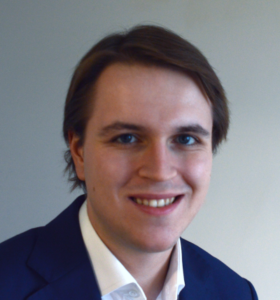
KONRAD WOJCIECHOWSKI
Engineer
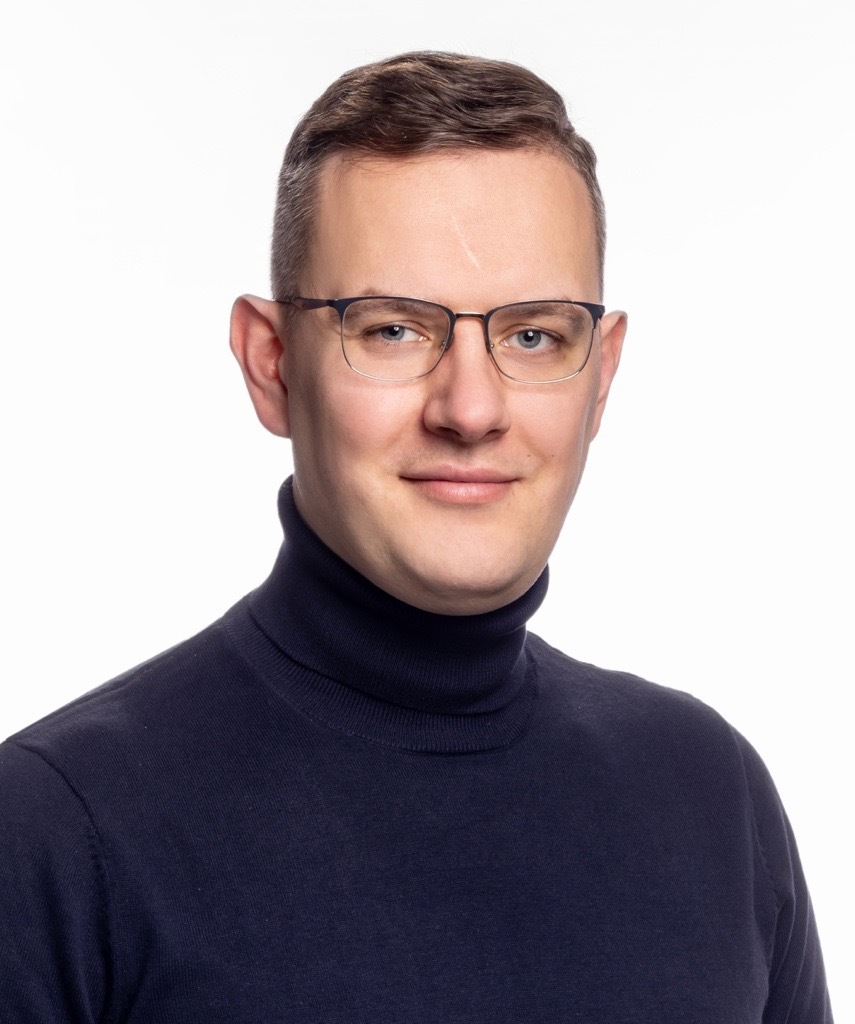
PRZEMYSŁAW SITNIK
Engineer
INTECHHOUSE
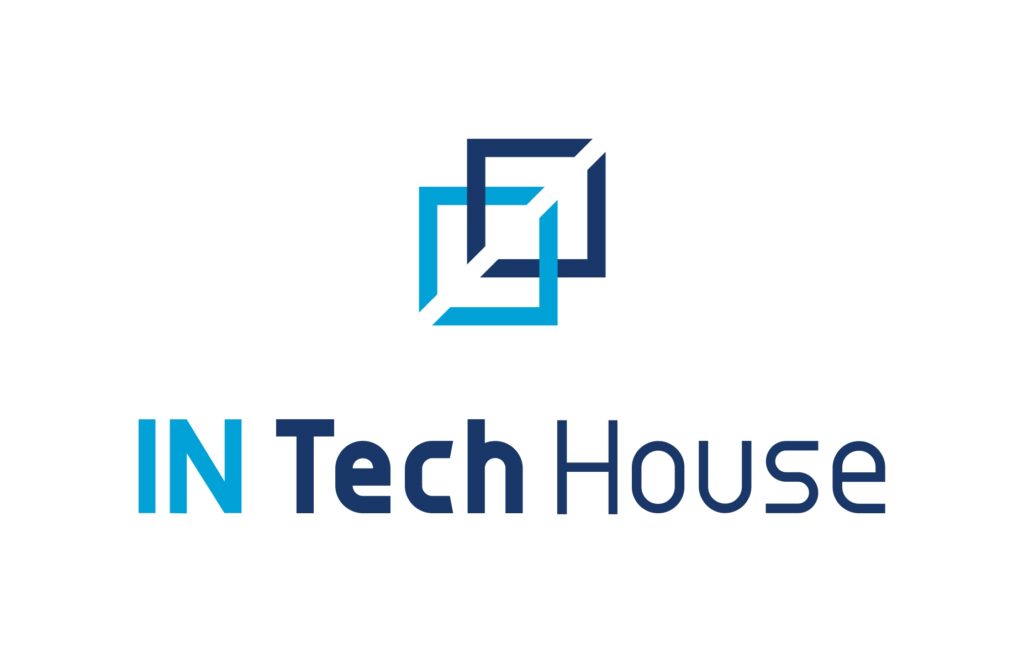
InTechHouse is a Polish technology company specializing in electronics, software development, and eco-solutions. Listed on the stock exchange, we design and implement custom technological systems for clients across four continents.
Our core competencies include:
-Electronics: Aerospace solutions, Embedded systems, PCB design, IoT devices
-Software: Full-stack development, mobile applications, cloud solutions, machine learning and AI
-Eco-solutions: Energy-efficient systems, sustainable tech implementations
Our team comprises software engineers, hardware specialists, and R&D professionals. We prioritize continuous learning, regularly adopting emerging technologies such as edge computing, and advanced AI algorithms.
InTechHouse maintains a strong focus on technological innovation, investing in research to develop proprietary solutions – we are certified Research & Development Center. We collaborate with academic institutions and participate in tech conferences to stay at the forefront of industry advancements.
Our approach combines cutting-edge technology with practical implementation, ensuring scalable and efficient solutions for complex business challenges. We emphasize code quality, performance optimization, and robust system architecture in all our projects.
Sensor head of AirDron – complete air quality measurement system, determining the content of particulates and selected substances (e.g. PM1, PM2.5, PM10, gases, environmental condition sensors)
OBC – Versatile, reliable programmable devices for aerospace vehicles, optimizing performance in space.
Camera NDVI -The Camera NDVI captures images in five spectral bands and thermal imaging, providing real-time video processing and environmental measurements while enabling communication with the flight controller.

MICHAŁ HANKIEWICZ
Business Development Manager
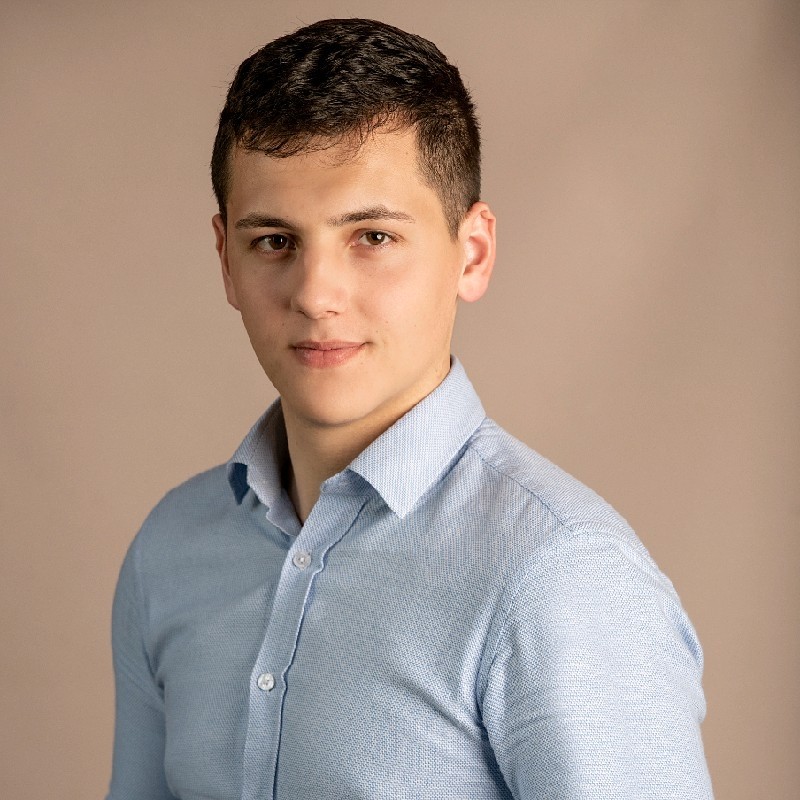
MICHAŁ LELIŃSKI
Business Development Manager
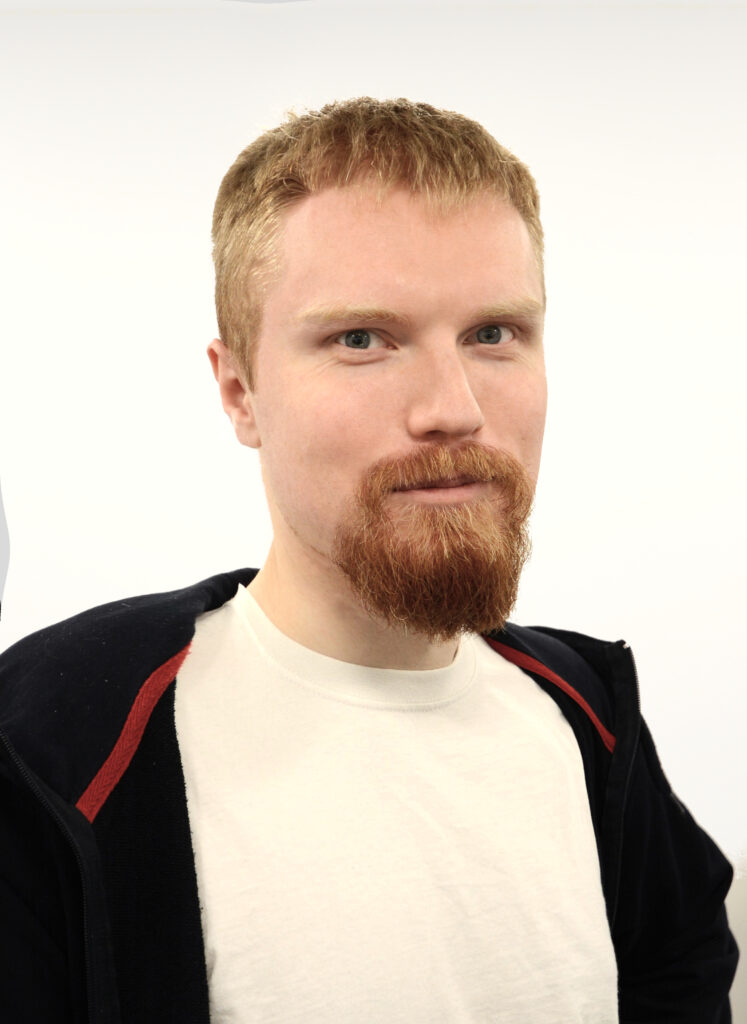
PAWEŁ RAJS
Electronics Engineer
JAKUSZ SPACETECH SP. Z O.O.
Jakusz SpaceTech Laboratory, founded in 2015, specializes in the production of green rocket fuels, such as HTP (hydrogen peroxide with a concentration of up to 98%) and DMAZ. The company conducts research in collaboration with the European Space Agency. Additionally, it designs technologies and delivers production lines for the manufacturing of chemicals for various industrial sectors.
Products/Services:
Production:
1.HTP (green fuel with up to 98% concentration),
2.DMAZ (green fuel),
3.Solid rocket fuels based on PA or NA,
4.Plasticizers (ADP, DOA) and synthetic polymers (HTPB, GAP).
Services:
1.Material compatibility testing – tests that verify whether the material (tank, pipeline, pump, valve) is suitable for contact with liquid space fuel. After completing the immersion tests, we conduct analyses of changes in the material’s mechanical properties and the physicochemical properties of the fuel,
2.Design of chemical synthesis installations,
3.Supplier of technology for chemical synthesis,
4.Consulting services for optimizing and improving process conditions.
KREATIKON SP. Z O.O.

We are developing the “GlobCreators” space education system, which supports young talents. We have developed scenarios and run workshops from kindergarten through primary school, and we even train vocational school students on how to use the resources of the European Space Agency.
We improve “GlobCreators” during acceleration at the Krakow Technology Park, where we won the second prize during the Pitching Contest in Sopot in 2020.
We were appreciated by a jury of NASA astronauts and the Polish Space Agency. We carried out further orders for NOKIA, the national association “Spokesmen of Science”, the Cracow University of Technology and the Chancellery of the Parliament.
We have been conducting space education for 10 years in international schools, e.g. Open Future International, DaVinci’s International School, International School of Krakow.
Our instructors have the status of a mentor of the European Space Agency.
We are currently expanding the range of educational activities by creating English-language on-line classes and writing the book “Programming for the space industry”
AstroPi – electronics from the orbital station from the Columbus module, used in GlobCreators experiments during ESA challenge.
3D printed “Lunar Colonist Residential Base”, sent by GlobCreators students to ESA Moon Camp Challenge.
Lunar rover made during GlobCreators activity
Sphero spherical robot for Python programming used in space education by GlobCreators
Presentation of our students success, like experiments on Orbit Station
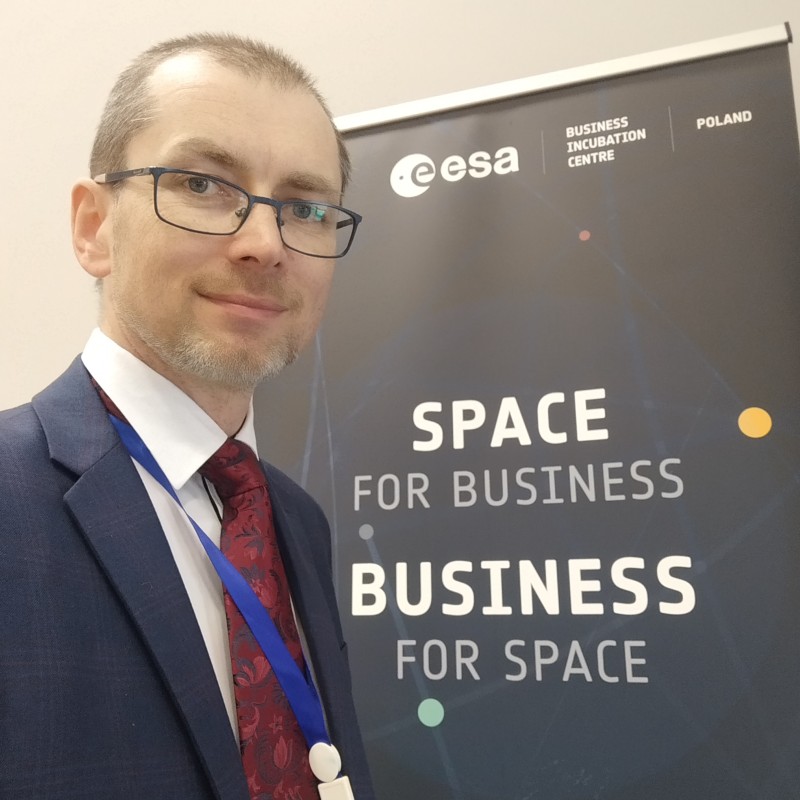
PIOTR SYNOWIEC
LIFTERO

Liftero offers standard propulsion for your satellite. It’s low power, high thrust and designed for rapid production at scale, offering 3x faster delivery than the industry standard.

TOMASZ PALACZ
CEO
N7 SPACE

N7 Space is a SME focused on critical on-board software development for the space industry, with expertise gained from 20+ ESA projects and missions such as PROBA-3, Comet Interceptor, HERA, EnVision and ARIEL. We specialize in on-board software for advanced satellite systems. Our software is customizable and can be used on various small and medium sized satellites, including high-tech scientific missions.
– Criticality B bootloaders compliant to SAVOIR specification
– Criticality B Board Support Packages (BSPs) for ARM and Leon-based systems
– Criticality B CANopen library
– PUS-C TC/TM protocol solutions
– Payload computers (OBCUs) and relevant application software
– MBSE-based process and toolchains
– Test solutions and systems
– Independent Software Verification and Validation (ISVV)
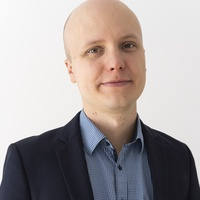
MICHAŁ MOSDORF
Chairman of The Board

SEWERYN ŚCIBIOR
Business Development Manager
ORBITAL MATTER
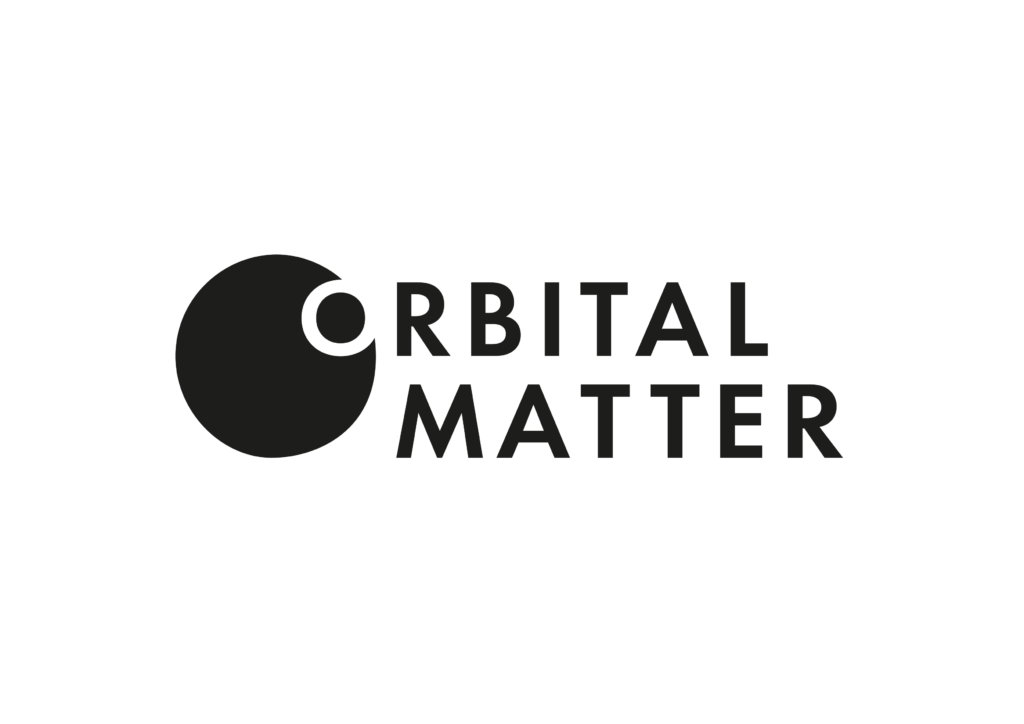
Orbital Matter: The Space Construction Company aims to change the way space infrastructure is built thanks to their proprietary low heat 3D printing process designed to work directly in exposed space which will simplify and miniaturize rocket payloads while maximizing the size of the deployed satellites and structures in orbit.
The company has been selected by ESA to demonstrate its technology in space onboard the Ariane 6 maiden flight. Their first satellite, Replicator 1, was developed, qualified for launch and integrated with the rocket in just 4 months. Orbital Matter is using an iterative R&D approach to quickly progress their product development while also cooperating closely with prime contractors such as Thales Alenia Space, OHB and Axiom Space on developing their technology for building large antennas, space stations and space based solar power.

JAKUB STOJEK
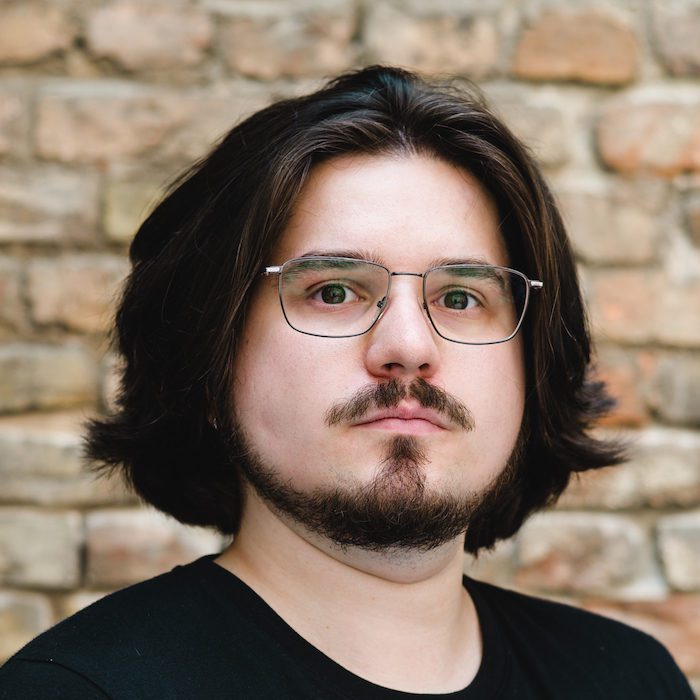
ROBERT IHNATISIN
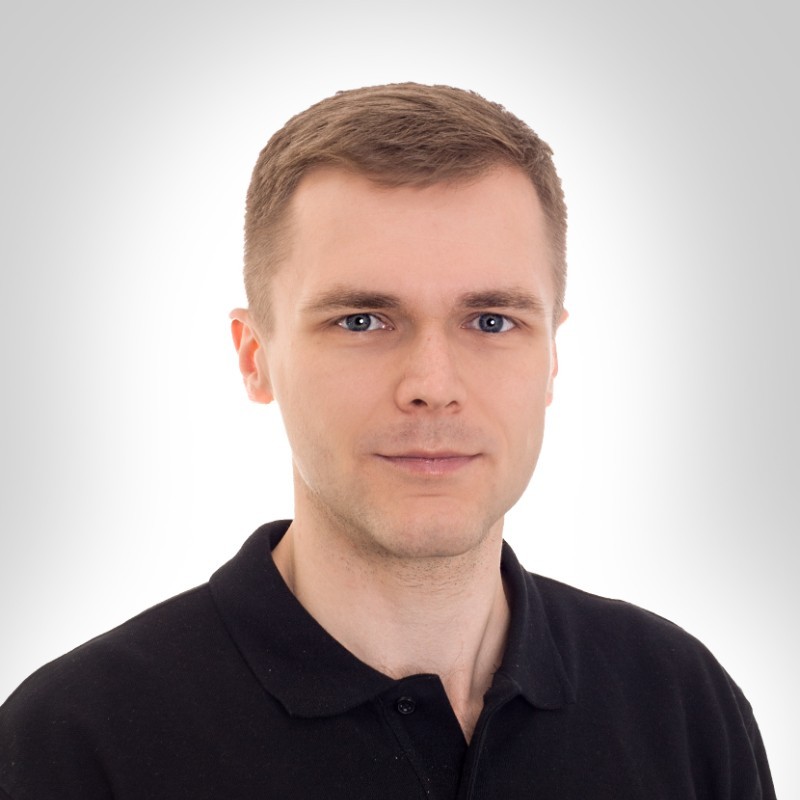
SZYMON SIPA

DAMIAN LEGUTKO
PIAP SPACE
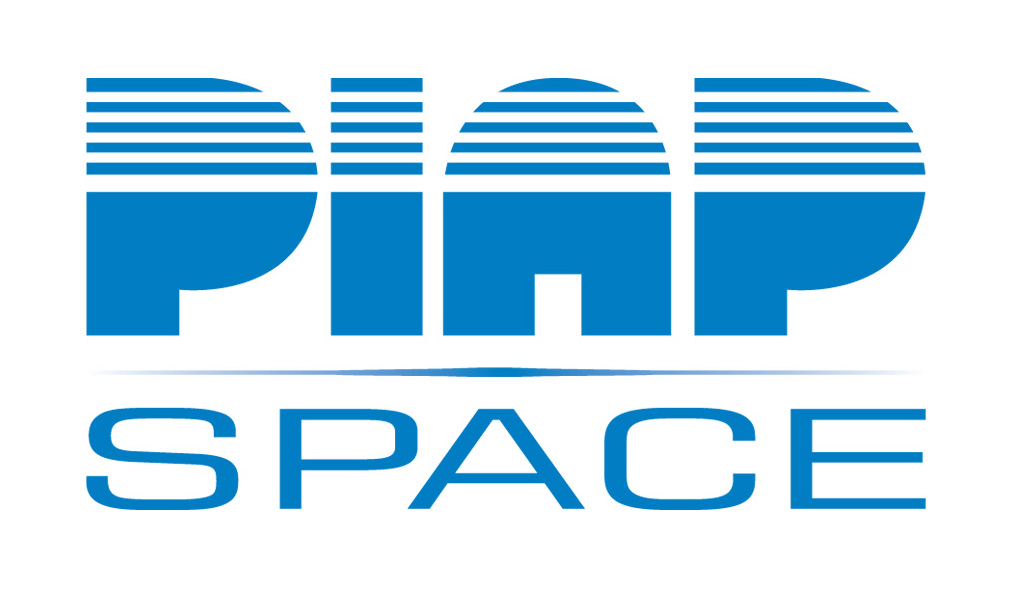
PIAP Space Sp. z o. o. is a daughter company of Łukasiewicz Research Network – Industrial Research Institute for Automation and Measurements (Łukasiewicz – PIAP’s) dedicated to space-related industry activities. The core team, which started off the Company derived from PIAP Institute’s team for special projects development. They won their first contract for ESA in 2013.
In its activities, PIAP Space is strongly focused on using existing heritage from terrestrial commercial robotics and on-going R&D activities of PIAP Institute. PIAP Space develops technologies and products in the areas of Mechanical Ground Support Equipment (MGSE), Active Debris Removal, Manipulators & End-Effectors, On-Orbit Satellite Servicing, Human-Robot Interaction, Vision Systems and Mechanisms.
LARIS (Launch Adapter Ring Gripper) is an end-effector mounted on a robotic arm or as a separate clamping mechanism. With low weight, large grasping envelope, multiple sensors, and the ability to withstand high loads, it is a perfect tool for its purpose. LARIS was designed for servicing satellite, to be able to grasp the client satellite during capturing manoeuvre in order to enable maintenance, repair, trajectory control or deorbiting. It was designed as a subsystem compatible with both prepared and unprepared spacecrafts.
MULTIS (Robotic Multipurpose Gripper) is a multipurpose end-effector that functions as both a gripper and tool exchanger. Designed for delicate handling in harsh space environments, it excels in maintenance, repairs, and inspections. Its tool-swapping capability ensures safe, functional structures, making it ideal for in-orbit and planetary missions. MULTIS integrates two main subsystems: a Rotary Module capable of 360° rotation and a Gripper Module with interchangeable tool capacity. After intercepting the client satellite, MULTIS intends to perform multiple tasks that may require precision, and using several interchangeable tools is perfectly suited for this job.
TITAN (Robitic arm) is designed for In-Orbit Services in different kind of orbital operations missions as the primary external component for service satellites. TITAN has 7 Degrees of Freedom (DoF). It achieves any position and orientation within the available working space. Its modular architecture makes it easily convertible to a variety of orbital and planetary applications.
SGF (Standard Gripping Fixture) is a mechanical interface designed for prepared satellites as a holder mounted on satellite that can be used for grappling and LAR docking.
The Launch Adapter Ring (LAR) is a structural component that connects a satellite or spacecraft to the launch vehicle, ensuring proper alignment and secure attachment during launch.
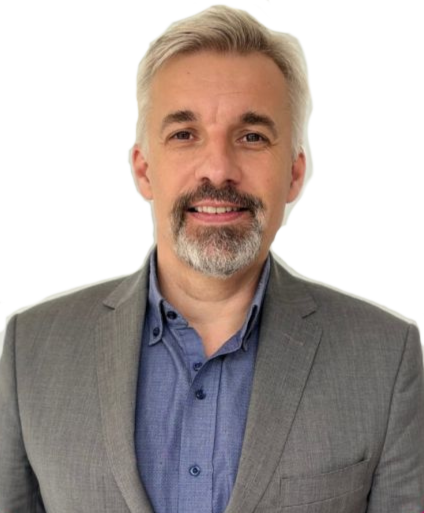
SERGIUSZ SAWIN
Vice President
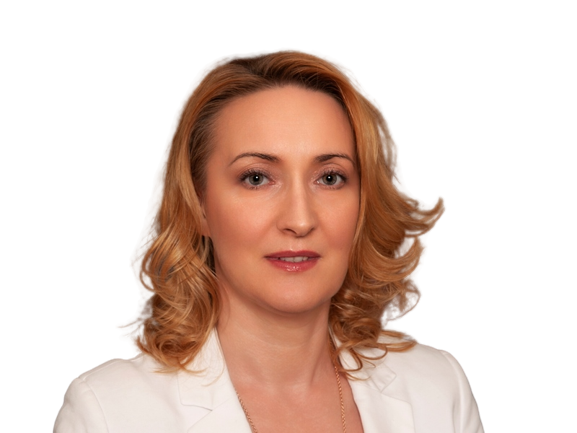
ANNA NIKODYM BILSKA
Business Development Director
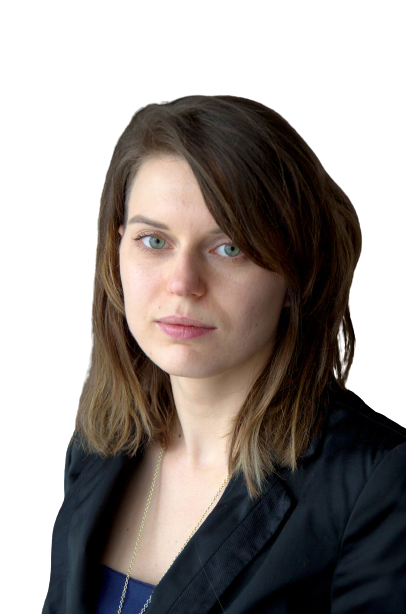
WERONIKA BOROWICZ
Business Development Specialist

MATEUSZ KRAWCZAK
Project Manager / Sales Engineer
SILESIAN UNIVERSITY OF TECHNOLOGY
The Silesian University of Technology is the oldest technical university in Upper Silesia and one of the largest in the country. It was established in 1945 as a scientific and teaching base for the most industrialized district in Poland and at the same time one of the most industrialized areas in Europe – Upper Silesia. It is an important institution of public life and plays a special culture-forming and opinion-forming role in the region.
The Mission of the University
The mission of the Silesian University of Technology, as a prestigious European university of technology, is to conduct innovative research and development work, educate highly qualified staff for the knowledge-based society and economy, as well as actively influence the development of the region and local communities. The university, through continuous improvement of processes and organization, is a friendly and open place of work and development of the academic community.
Research university
The Silesian University of Technology is the only university in Silesia to be included in the prestigious group of 10 Polish universities, winners of the “Excellence Initiative – Research University” competition of the Ministry of Science and Higher Education.
The aim of the project was to select and support universities that will strive to achieve the status of a research university and will be able to effectively compete with the best academic centres in Europe and the world. Of the twenty best universities in Poland eligible to participate in the competition, an international team of experts selected ten that will receive a subsidy increased by 10% in the years 2020-2026. This group included the Silesian University of Technology, which will receive a total of nearly PLN 245,000,000.00 over 7 years as part of the competition.
Gallium Melting Point Callibration Rig prototype -GMPCR is design to support temperatures sensors calibration with specified procedure. The procedure is executed in three cycles. Each cycle has specified stages, which include: heating up to 50°C, cooling down to 8°C, and heating up to approximately 33°C. Calibration method is executed with specified correction factors for reference values. The result is the medium value of average melting stabilized temperatures in the 3rd cycle. The invention design can be adopted to significantly reduce size and weight for space missions. GMPCR is patented.

WITOLD JANIK
SCANWAY SPACE

Scanway Space is a Polish-US company providing advanced optical payloads for space industry. The company offers smart imagers for Earth Observation and other remote sensing applications, able to image with different GSD and FOV from different altitude, in different spectra (VIS/NIR/SWIR/PAN), capable with small satellites; and camera systems dedicated to space applications.
The company has more than 8 years of experience in the space industry and TRL 9 for its solutions. Scanway is a significant part of the biggest Polish space missions as EagleEye (microsatellite for EO), PIAST (Polish nanosatellite constellation for EO), European projects as LUWEX, Ariane-6 first launch, and has the own technology demonstration mission STAR VIBE on orbit.
Scanway Space is a part of Scanway S.A. company which within the second business branch Scanway Industry provides advanced vision systems fitted with AI algorithms for manufacturing industries. Since 2023, Scanway is a public company with 50+ employees on board.
We are showcasing in Bremen:
Engineering model of the telescope for the EagleEye mission. The largest telescope for Earth Observation successfully developed in Poland. It is able to perform imaging in the VIS and NIR spectrums with 1 m GSD from the 350 km orbit. Its optics will allow support for agriculture (e.g., crop condition and yield assessment), observation of urban development, and classification of facilities.
Engineering model of telescope for the STAR VIBE mission. It is able to perform imaging in the VIS spectrum with 25 m GSD from the 500 km orbit. It will be used to study natural disasters, climate change and to support agriculture. Works on orbit since 3.01.2023 as a part of the Scanway and German Orbital Systems demonstrative mission.
Mockup of the STAR VIBE nanosatellite mission. CubeSat 6U developed by German Orbital Systems, STAR telescope for EO and camera system VIBE for satellites PV panels inspection developed by Scanway. Works on 500 km orbit since 3.01.2023.
Mockup of the dual-camera system, which was integrated into the YPSAT mission during the first launch of the biggest European rocket, the Ariane 6. Successfully launched 9.07.2024 and captured the main fairing separation and satellite deployment processes.
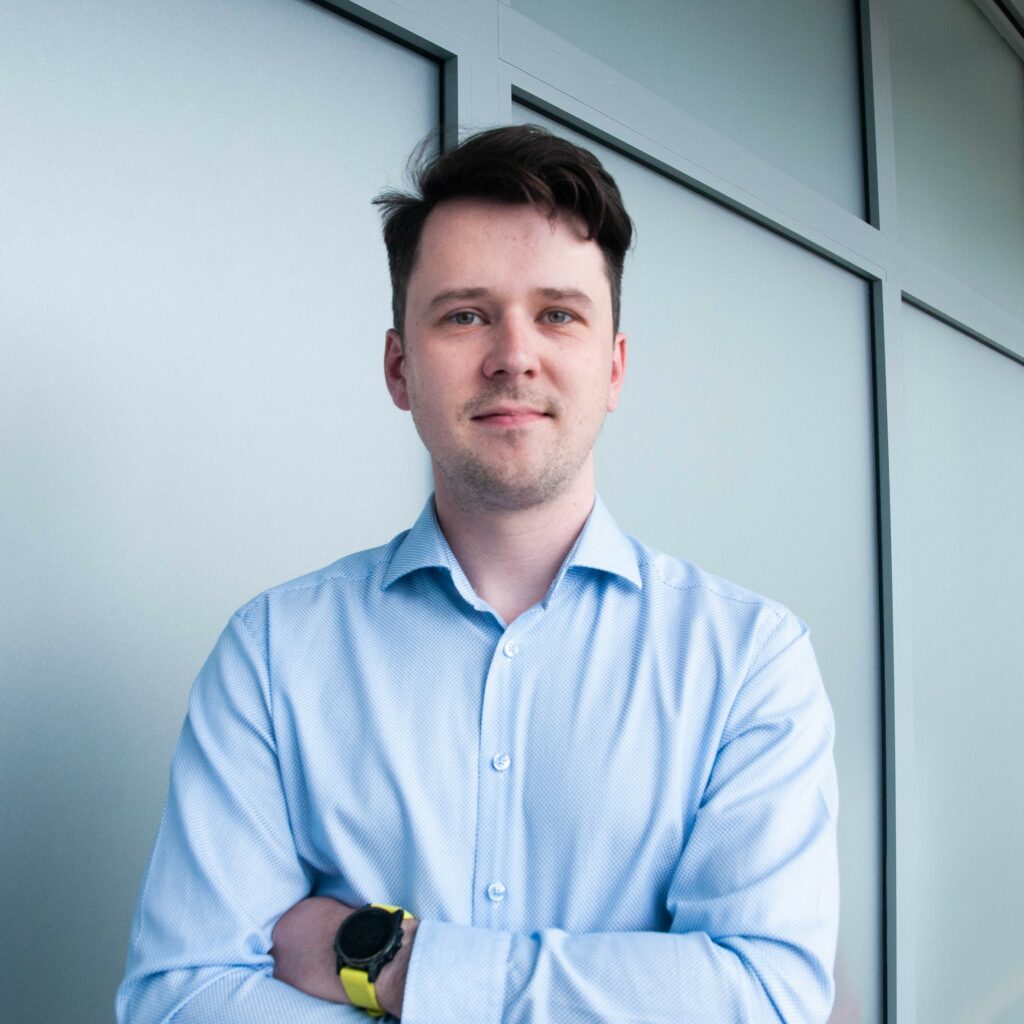
MICHAŁ ZIĘBA
CTO
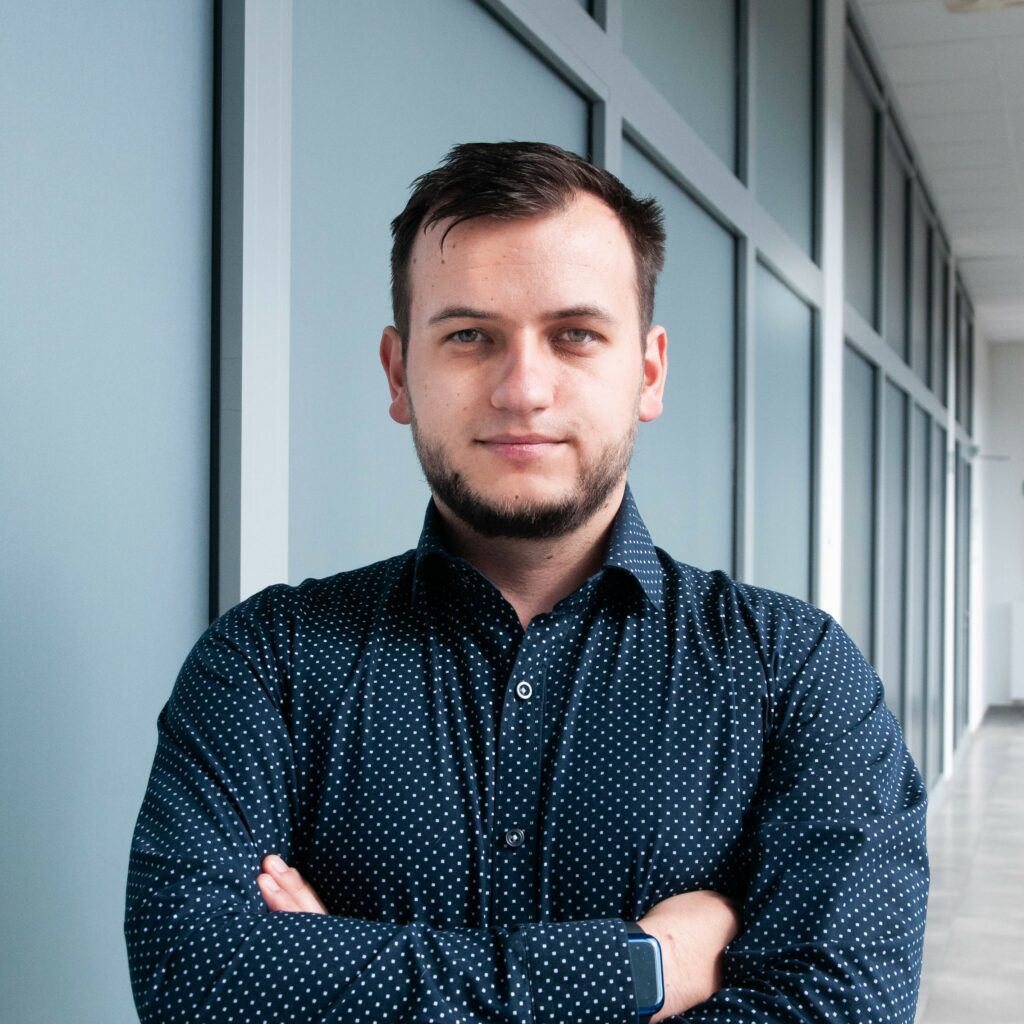
MIKOŁAJ PODGÓRSKI
COO
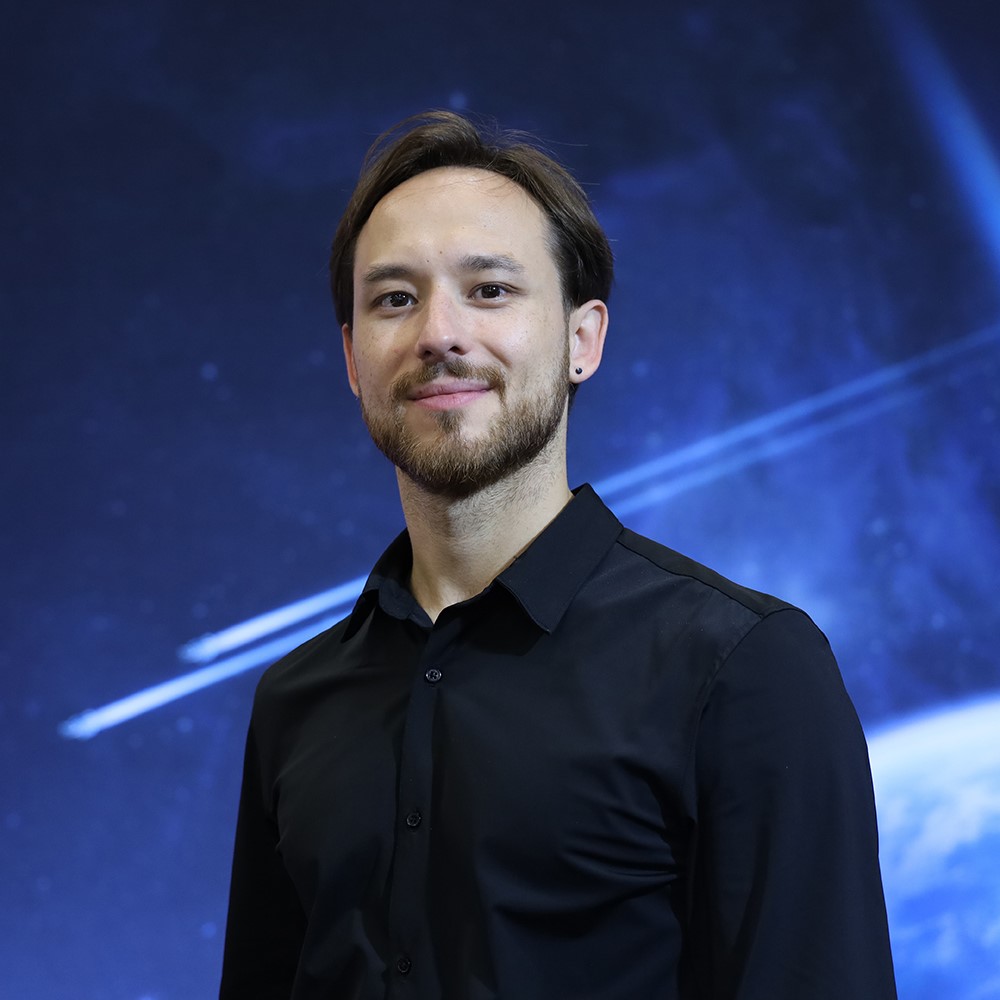
OSKAR ZDUNEK
Business Development Manager
SPECTATOR

Spectator Ltd specialises in building sophisticated geospatial applications based on satellite data. Its flagship product, spectator.earth, is an online platform used by thousands of users, both specialists and amateurs, to discover, analyse and share satellite-image-based products. Throughout the years the company gained vast experience in building advanced space solutions for respected organisations and companies in and out of the space sector. The target markets that benefit from solutions developed by Spectator Ltd include, among many, the construction sector, smart cities and open-source intelligence. All the above is possible due to a unique combination of competencies within the company which include but are not limited to expertise in the development of GIS systems, remote sensing, advanced computer vision algorithms and AI.
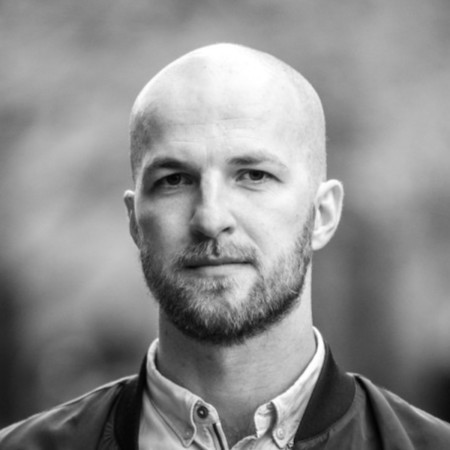
WALDEMAR FRANCZAK
CEO
WIRAN
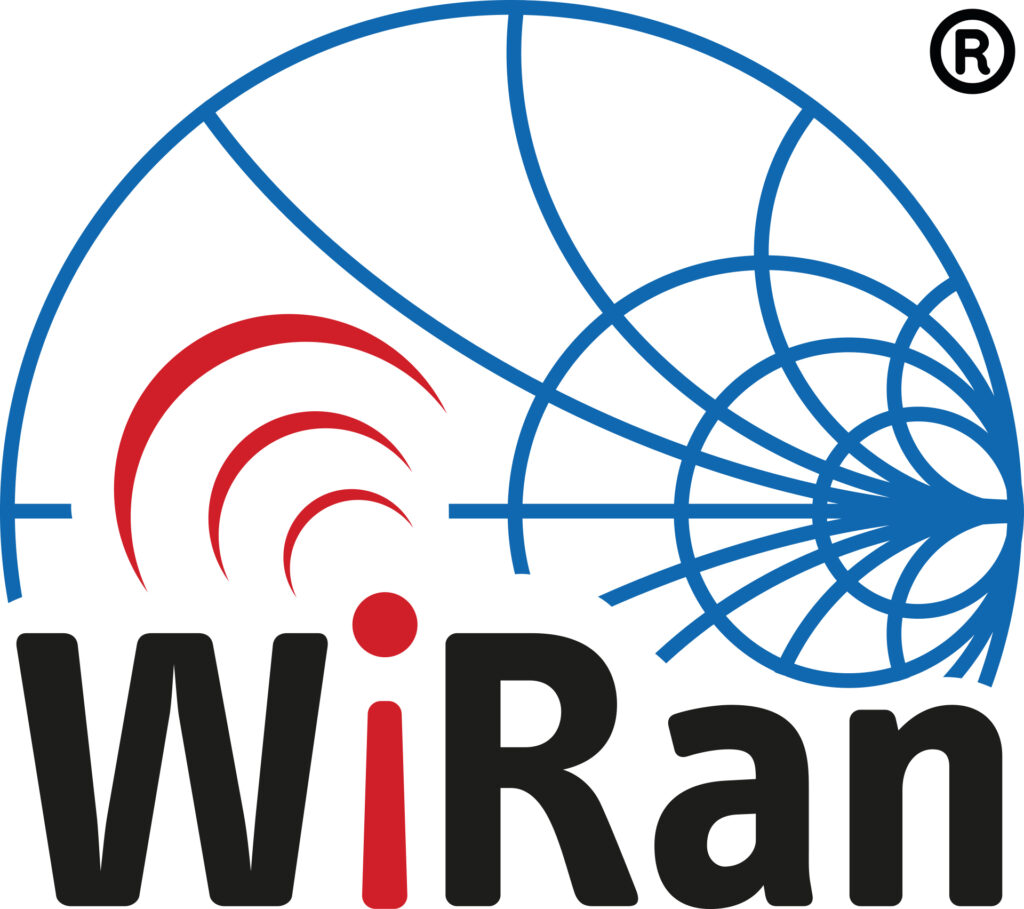
Manufacturer of space flight RF HW; EMC+environmental laboratory; clean room.
We are showcasing in Bremen:
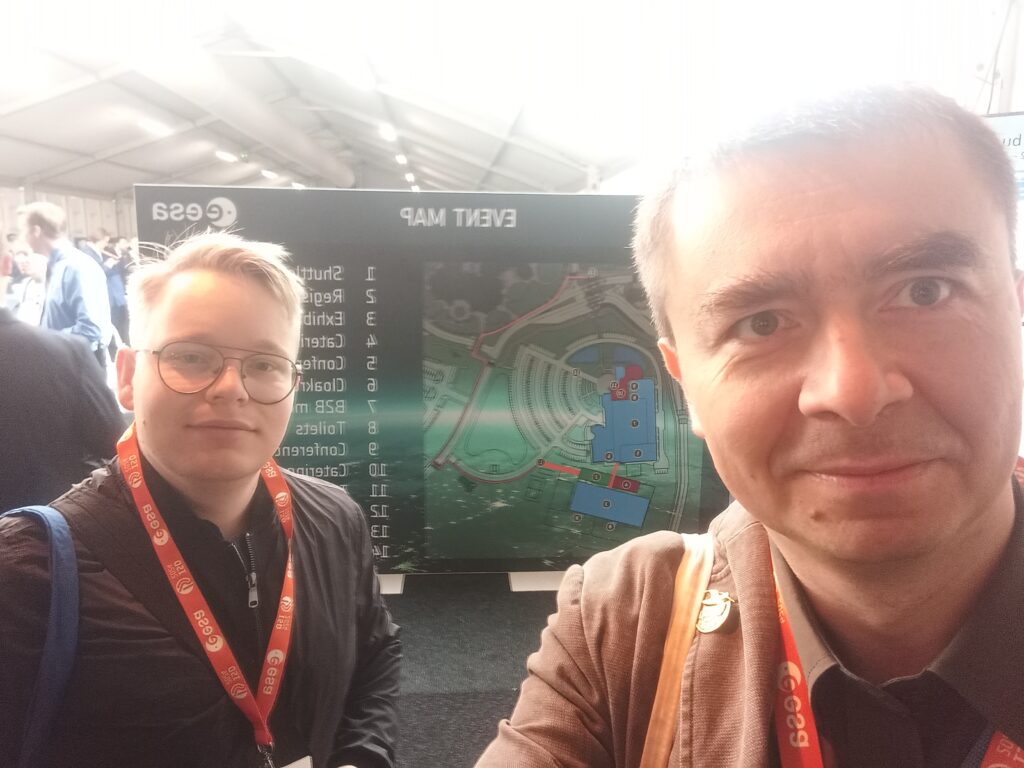
ROBERT STEFAŃSKI,
SZYMON SŁONINA
CTO, RF HW Engineer